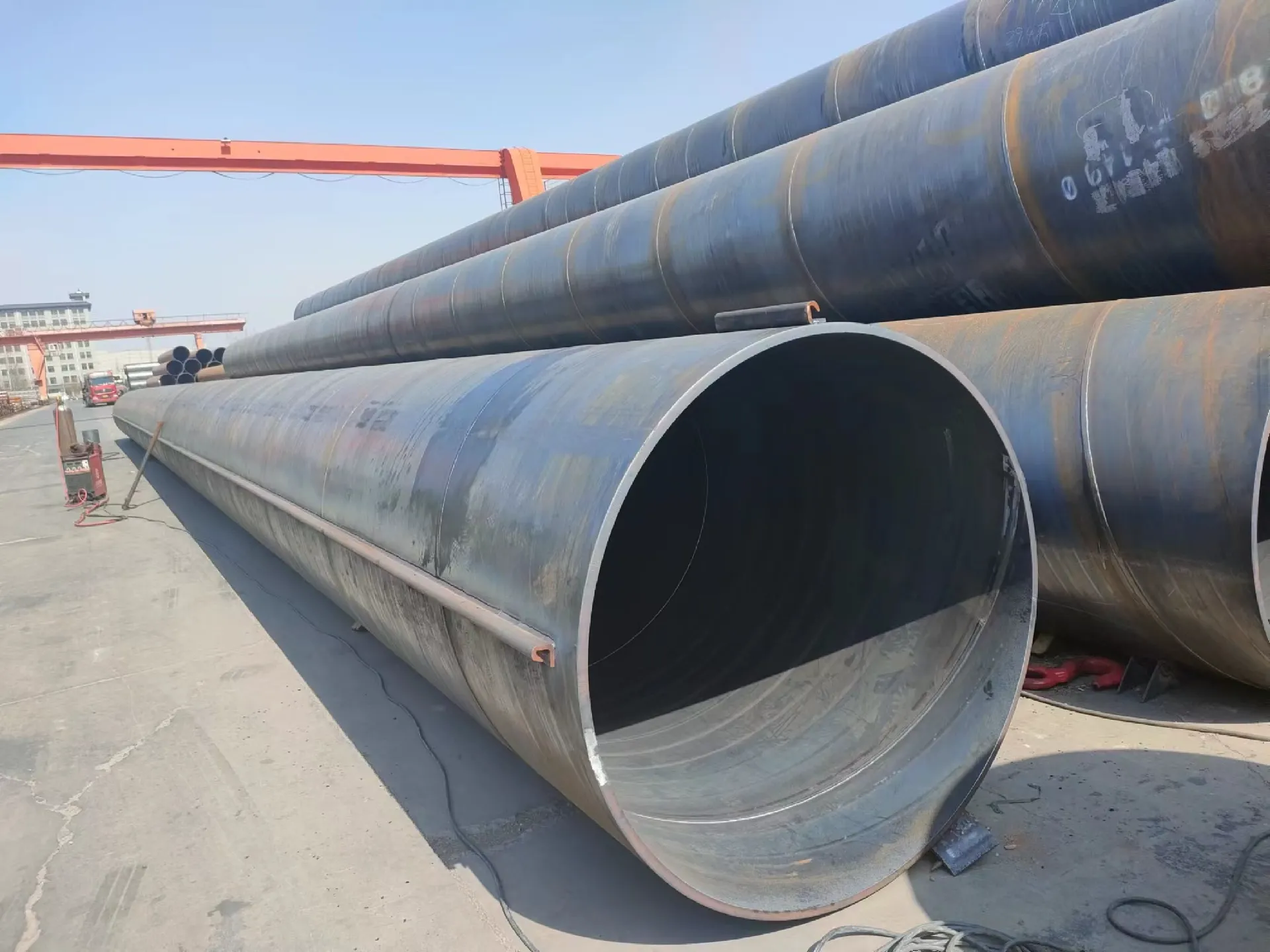-
Cangzhou Yulong Steel Co., Ltd.
-
Phone:
+86 13303177267 -
Email:
admin@ylsteelfittings.com
- English
- Arabic
- Italian
- Spanish
- Portuguese
- German
- kazakh
- Persian
- Greek
- French
- Russian
- Polish
- Thai
- Indonesian
- Vietnamese
- Zulu
- Korean
- Uzbek
- Hindi
- Serbian
- Malay
- Ukrainian
- Gujarati
- Haitian Creole
- hausa
- hawaiian
- Hebrew
- Miao
- Hungarian
- Icelandic
- igbo
- irish
- Japanese
- Javanese
- Kannada
- Khmer
- Rwandese
- Afrikaans
- Albanian
- Amharic
- Armenian
- Azerbaijani
- Basque
- Belarusian
- Bengali
- Bosnian
- Bulgarian
- Catalan
- Cebuano
- China
- China (Taiwan)
- Corsican
- Croatian
- Czech
- Danish
- Esperanto
- Estonian
- Finnish
- Frisian
- Galician
- Georgian
- Kurdish
- Kyrgyz
- Lao
- Latin
- Latvian
- Lithuanian
- Luxembourgish
- Macedonian
- Malgashi
- Malayalam
- Maltese
- Maori
- Marathi
- Mongolian
- Myanmar
- Nepali
- Norwegian
- Norwegian
- Occitan
- Pashto
- Dutch
- Punjabi
- Romanian
- Samoan
- Scottish Gaelic
- Sesotho
- Shona
- Sindhi
- Sinhala
- Slovak
- Slovenian
- Somali
- Sundanese
- Swahili
- Swedish
- Tagalog
- Tajik
- Tamil
- Tatar
- Telugu
- Turkish
- Turkmen
- Urdu
- Uighur
- Welsh
- Bantu
- Yiddish
- Yoruba

Sep . 21, 2024 23:48 Back to list
pipe fitting with internal and external threads
Understanding Pipe Fittings with Internal and External Threads
In the world of plumbing, piping systems, and mechanical engineering, the importance of pipe fittings cannot be overstated. Among the various types of fittings, those with internal and external threads are crucial for connecting pipes, valves, and other components effectively. This article delves into the characteristics, applications, and advantages of using threaded pipe fittings.
Threaded pipe fittings can be categorized into two types those with internal threads (female) and those with external threads (male). Internal threaded fittings have a socket or a hole where the pipe is screwed in, while external threaded fittings feature a protruding section that can be inserted into an internal fitting. This design allows for straightforward and secure connections, providing versatility in different scenarios.
One of the most common materials used for pipe fittings is metal, such as steel or brass. These materials are favored for their durability and strength, making them suitable for high-pressure applications. However, plastic fittings made from materials like PVC or CPVC are also widely used, particularly in systems where corrosion resistance is essential, such as in water supply and drainage systems.
pipe fitting with internal and external threads

The primary advantage of using threaded connections is ease of installation and maintenance. Threaded fittings allow for quick assembly and disassembly, which is crucial in situations where regular maintenance is needed. For instance, in industrial settings, the capability to replace or repair sections of a piping system without needing to dismantle the entire network saves both time and resources.
Moreover, threaded fittings provide a robust seal when properly installed. The threads create a mechanical bond that can withstand high pressures and temperatures. When Teflon tape or pipe dope is applied to the threads, it enhances the seal, ensuring that leaks are minimized. This is particularly important in gas lines and other applications where leaks can lead to hazardous situations.
Despite their many advantages, threaded pipe fittings also have limitations. The threads can wear down over time, particularly if subjected to repeated cycles of tightening and loosening. This can lead to decreased effectiveness of the seal, potentially resulting in leaks. Additionally, improper alignment during installation can cause cross-threading, leading to damage and requiring the replacement of the fitting.
In conclusion, understanding pipe fittings with internal and external threads is essential for anyone involved in plumbing or mechanical work. Their ease of use, secure connections, and adaptability to various materials make them a popular choice in many applications. However, awareness of potential issues, such as wear and alignment problems, is necessary to ensure long-lasting and effective plumbing systems. As industry standards evolve, the innovation and development of threaded fittings will continue to play a significant role in enhancing piping solutions across various sectors.
Latest news
-
ANSI 150P SS304 SO FLANGE
NewsFeb.14,2025
-
ASTM A333GR6 STEEL PIPE
NewsJan.20,2025
-
ANSI B16.5 WELDING NECK FLANGE
NewsJan.15,2026
-
ANSI B16.5 SLIP-ON FLANGE
NewsApr.19,2024
-
SABS 1123 FLANGE
NewsJan.15,2025
-
DIN86044 PLATE FLANGE
NewsApr.19,2024
-
DIN2527 BLIND FLANGE
NewsApr.12,2024
-
JIS B2311 Butt-Welding Fittings LR/SR 45°/90° /180°Seamless/Weld
NewsApr.23,2024











